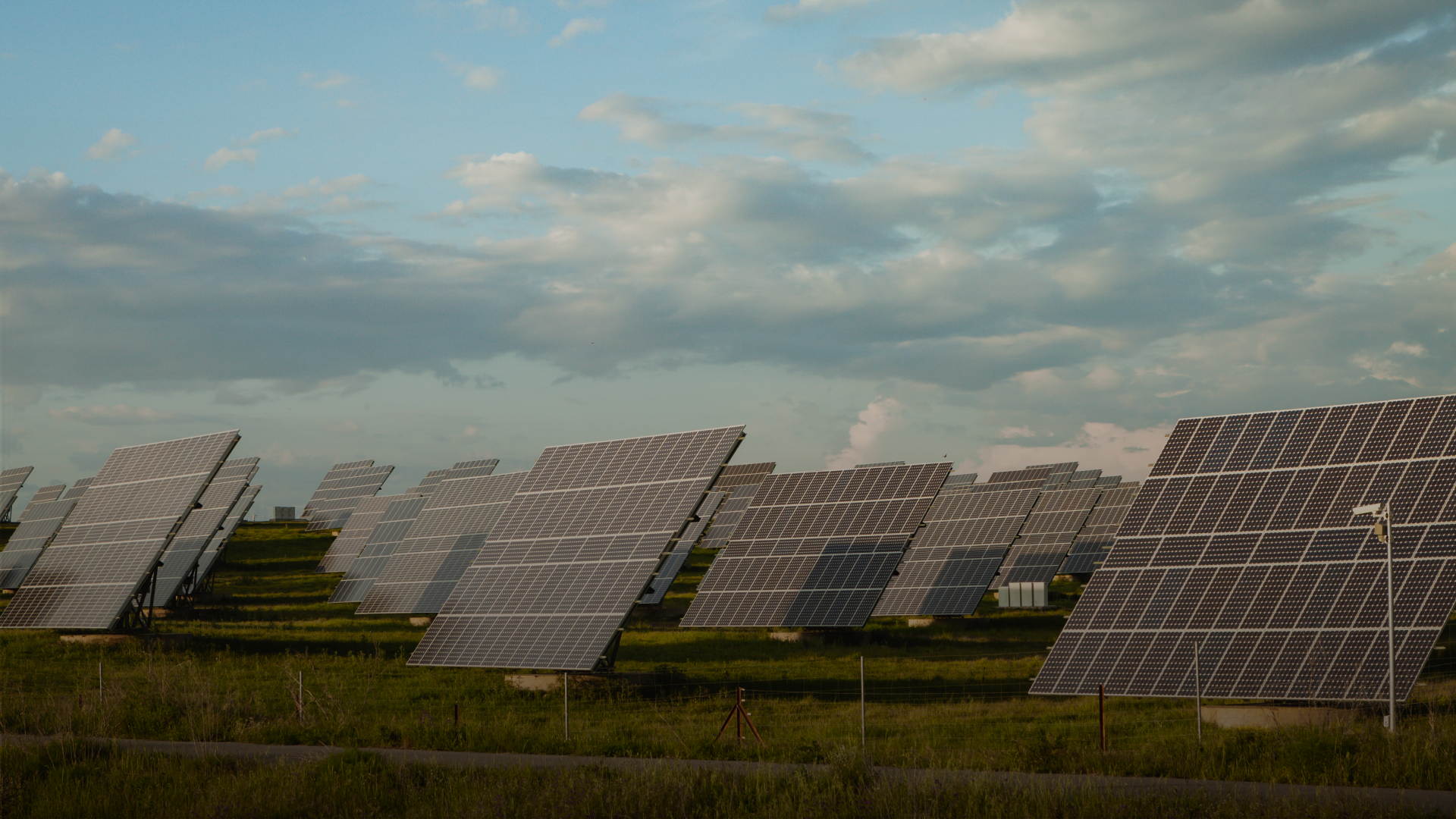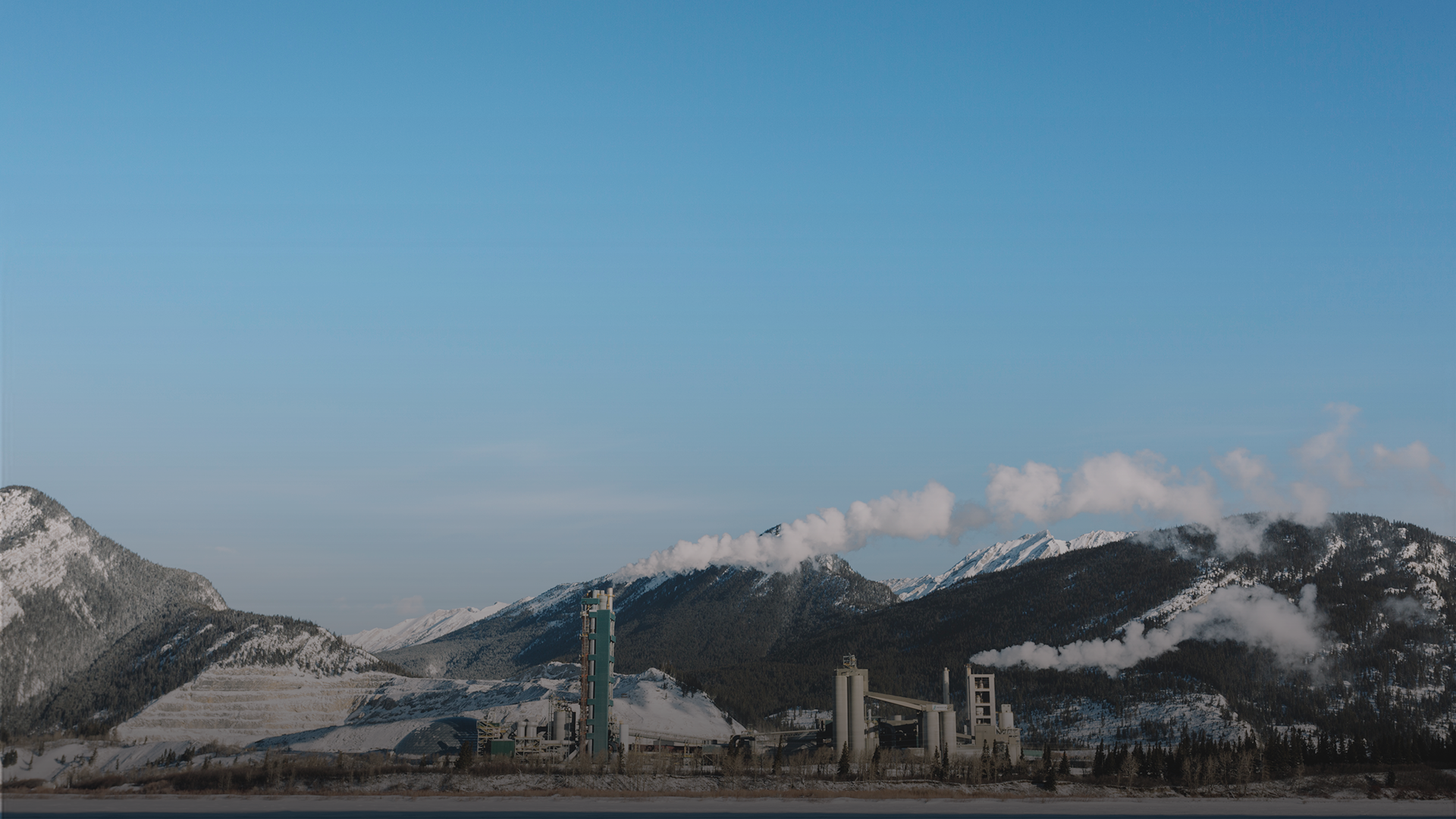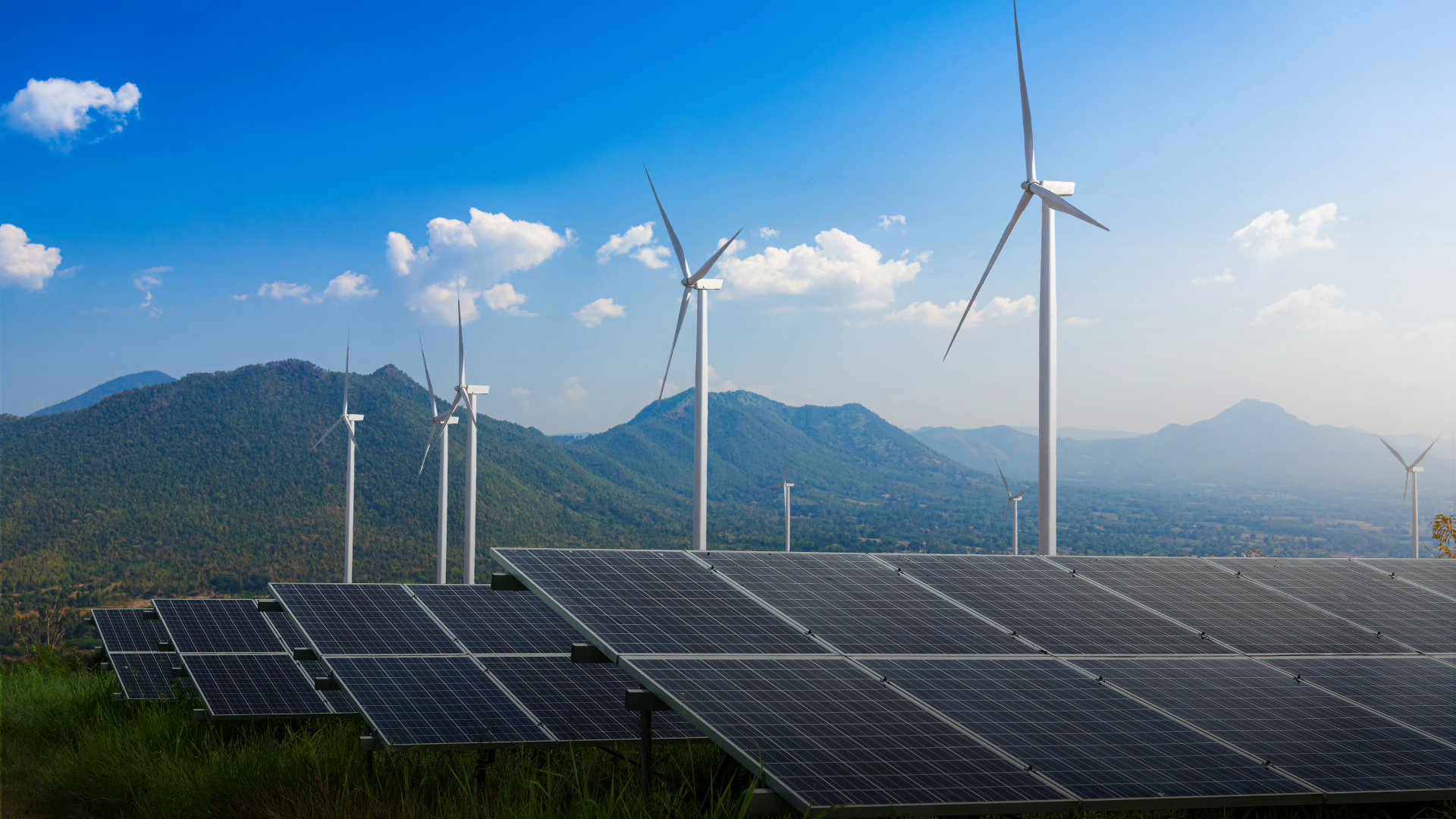Consumers Energy has announced plans to construct a large-scale solar project in Kalamazoo County near Richland Township, providing 220 MW of renewable energy to Michigan’s grid by 2027. This project is a part of the company’s clean energy plan, beginning construction in 2026. It will add more than 8000 MW of renewable energy, marking a milestone toward meeting Consumers Energy’s goal.
Part of Consumers Energy’s Clean Energy Commitment
The project will allow Liberty Farms Solar to power nearly 52,000 homes annually. Consumers Energy will transmit the renewable energy through its voluntary Renewable Energy Program to serve commercial and residential customers. This initiative supports Michigan’s clean energy shift, with Consumers Energy urging residents to join its Renewable Energy Program.
David Hicks, Consumers Energy’s vice president of clean energy development, said, “In addition to its environmental benefits, solar is cost competitive and provides reliable energy without the use of fossil fuel plants.”
Community Collaboration and Economic Benefits for Richland Township
The solar project will also have economic benefits to the local community. Richland Township will get personal property taxes from the investment, which will benefit the township, county, and school district. The project will generate millions in taxes over 30-plus years, giving a significant economic boost to the local community.
Bear Priest, Richland Township supervisor, expressed appreciation for Consumers Energy’s collaboration with local leaders. “We appreciate Consumers Energy’s desire to work with us locally instead of seeking approval directly from the State.”
He added, “It’s important that we work together to develop a project that best fits Richland Township.”
Also read: Consumers Energy expands clean energy initiative to help customers
Consumers Energy is the largest utility in Michigan serving 6.8 million people across 68 counties of the Lower Peninsula. he company’s clean energy plan includes decreasing coal as an energy source by 2025.This will reduce carbon emissions to net zero and provide clean energy sources such as wind and solar to satisfy 90 percent of customer energy needs.




